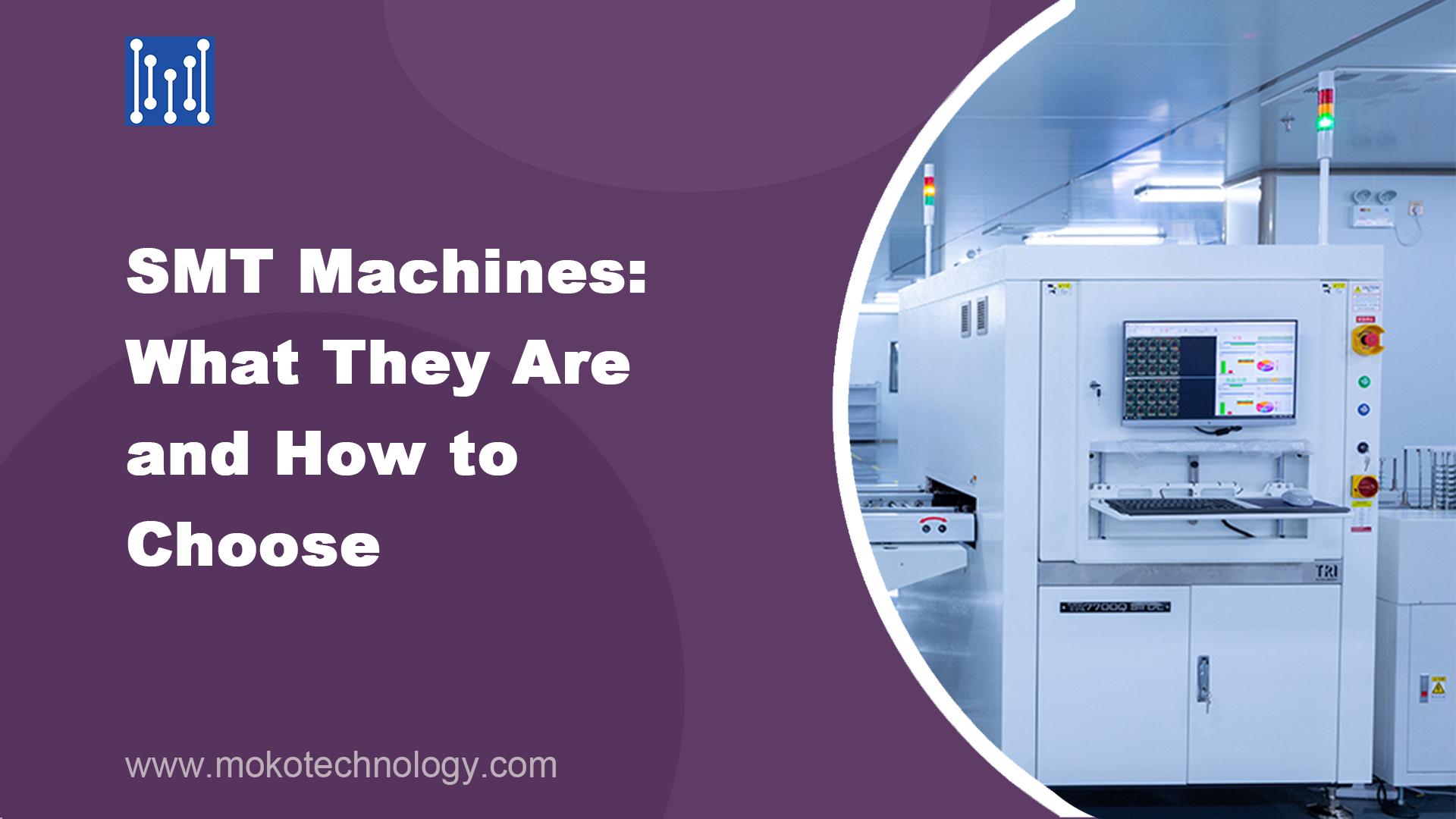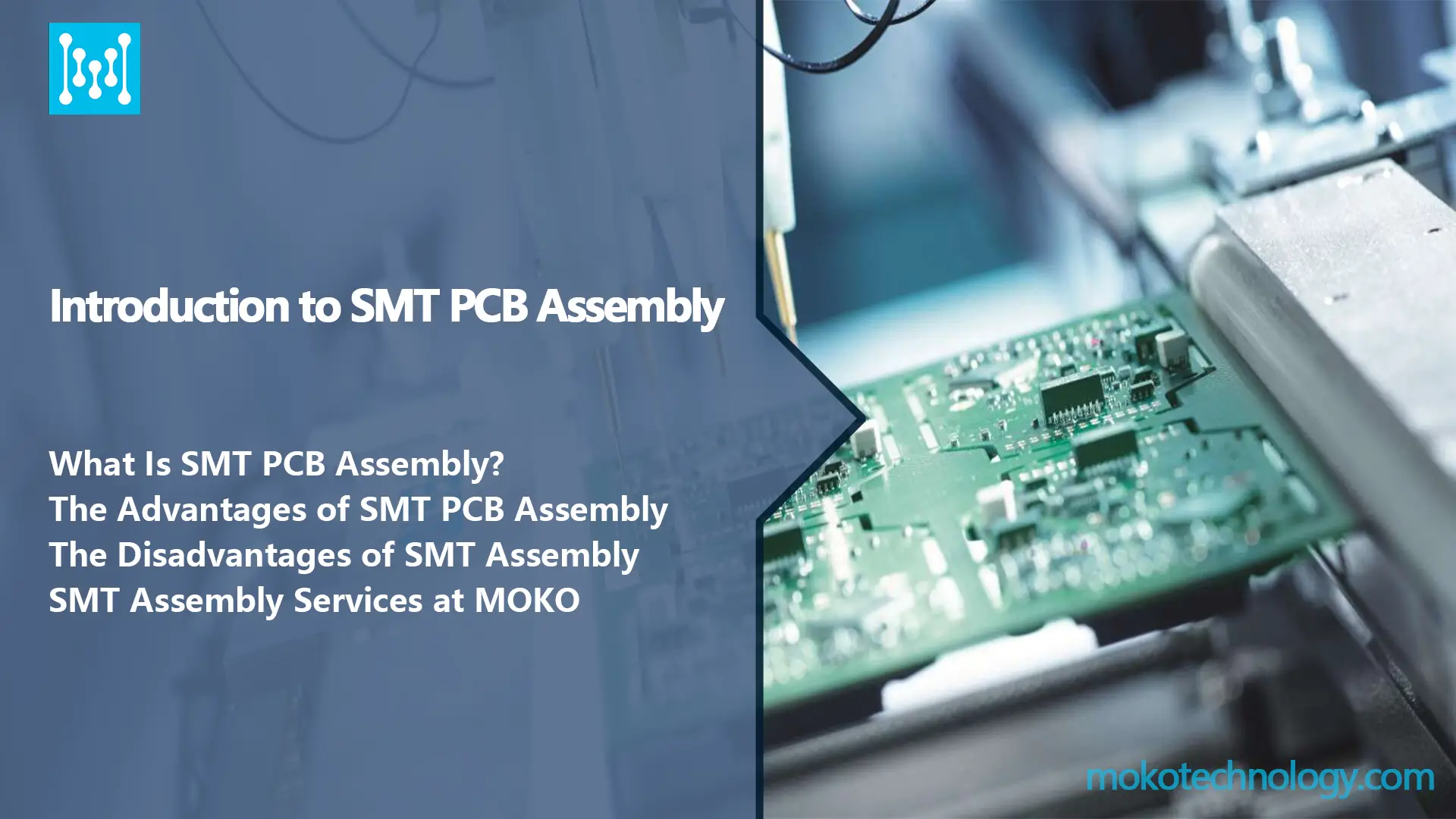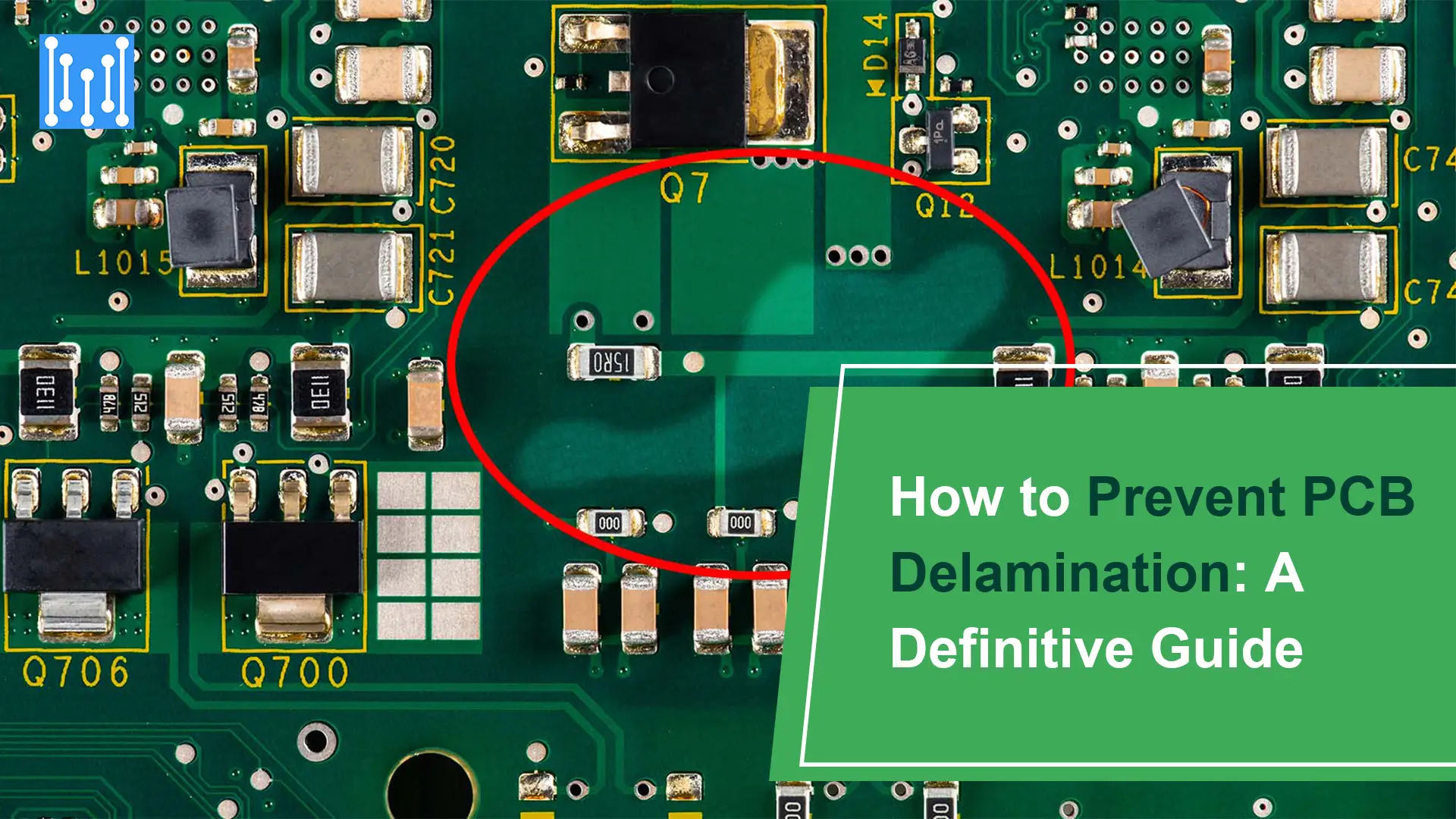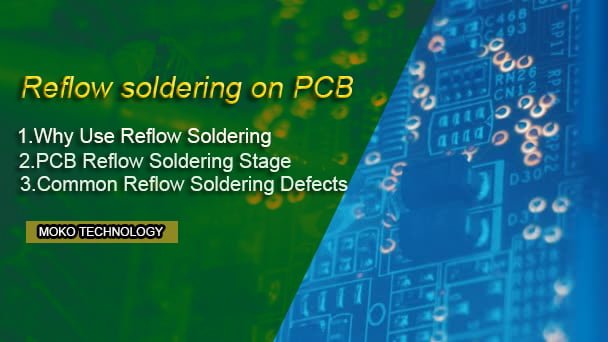Nowadays, people’s life is inseparable from electronic products. And printed circuit boards, as the brain of electronic products, their demand is also increasing correspondingly. As a result, PCB manufacturers have tried their best to increase their output, and one of the effective ways is to introduce advanced SMT machines to their production lines. With these machines, even tiny electronic components can be assembled with fast speed and high precision.
In this blog, we will introduce different types of SMT machines and their functions, and also provide some tips for selecting the right machines for your production line.
Different SMT Machines Used in PCB Assembly Process
According to the sequence of the SMT PCB assembly process, we will list the equipment used one by one as follows:
-
The Solder Paste Printing Machine
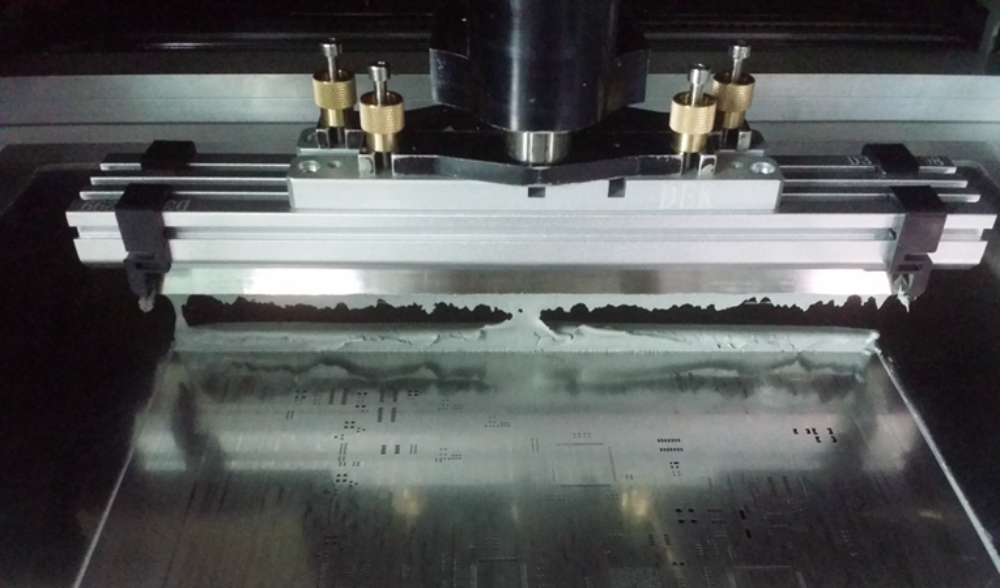
The first machine used in SMT PCB assembly is the Solder Paste Printing Machine, which holds the PCB in position in an automated paste printer, where a squeegee applies the correct amount of solder paste onto the pads. Subsequently, a blade scrapes the stencil, evenly distributing the solder paste in the designated areas where components will be affixed, leaving the remaining areas untouched. Finally, the machine removes the stencil. If everything has proceeded smoothly, the solder paste should now be in the appropriate locations for the later placement of components.
-
The Solder Paste Inspection (SPI) Machine
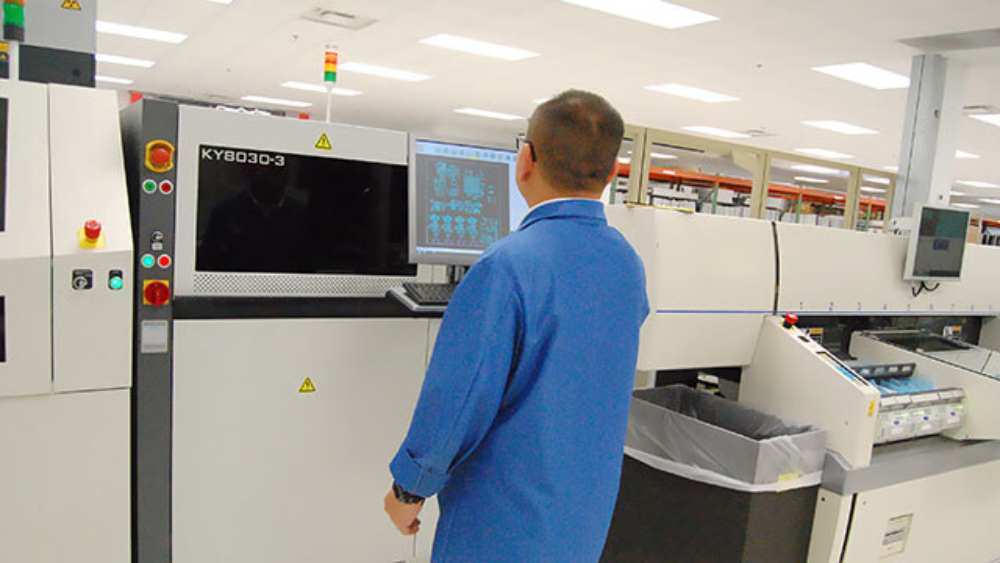
Once the solder paste has been applied to the board, the following important step is to inspect whether the paste has been printed onto the board correctly. Poor solder paste printing is frequently the cause of SMD soldering issues, so this stage is critical. This is where an SPI machine steps in. This kind of machine can capture 3D images with cameras, and then evaluate the solder paste according to its volume, alignment, and height. It can also recognize unsuitable sizes and imperfections.
-
Pick-and-Place Machine
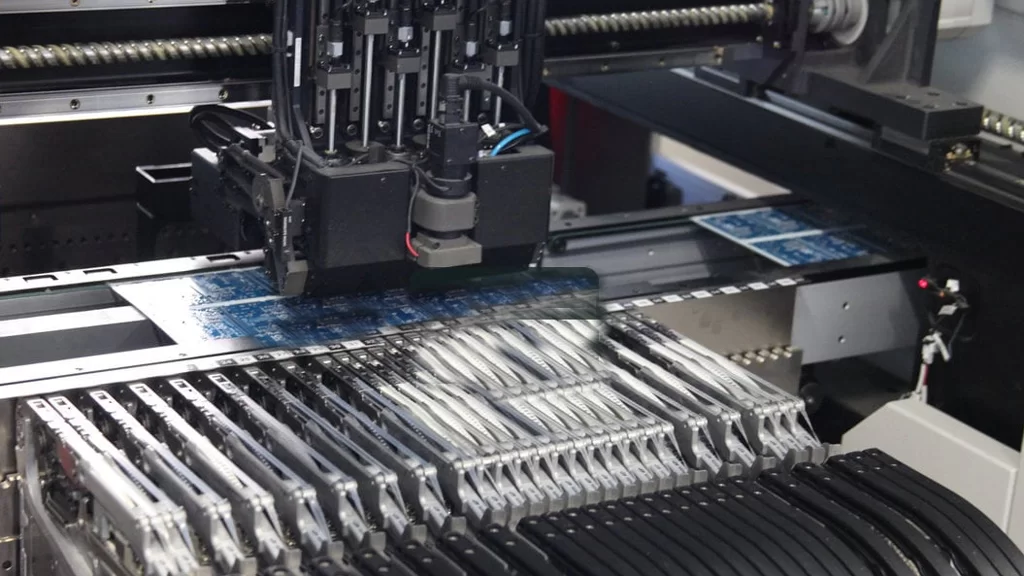
A pick-and-place machine is the primary and most critical type of SMT machine. Its function is to pick up components and position them in their designated locations. There are three varieties of pick-and-place machines:
a)Manual pick-and-place-machines
Pick-and-place machines that are manually operated involve a person who picks and places SMDs using the machine. The accuracy of component placement depends entirely on the operator. Although such machines reduce the risk of misplacement, they may not ensure the accurate placement of components due to operator limitations. However, they are practical for de-soldering and resoldering specific components on a circuit board.
b) Semi-Automatic pick-and-place-machines
Semi-automatic pick-and-place machines combine manual and automatic machines, aiding the operator in reducing the risk of SMD misplacement. By providing a computerized visualization of the circuit board, these machines enable operators to accurately place components in their designated positions. Additionally, they provide an X and Y coordinate setup to help the operator accurately set the target to drop the surface mount device.
c) Automatic pick-and-place-machines
Automatic pick-and-place machines are advanced machines that take over semi-automatic machines. They eliminate human limitations and provide greater accuracy, making them an incredible invention. Some benefits of automatic pick-and-place machines include lower labor costs, high accuracy, and enhanced operating speed.
-
SMT Assembling Curing Oven
After placing SMDs on the circuit boards, the solder paste needs to be cured to ensure that the SMDs adhere to the surface of the PCB. This can be achieved through SMT curing or baking ovens, which operate similarly to standard household ovens by providing high temperatures to melt the solder paste and turn it into a conducting adhesive.
The surface mount device soldering process involves two steps: adhesive curing and solder mask baking. This means that separate machines may be necessary for each step, or a single convection oven could be used for both operations. The decision to use a single convection oven for adhesive curing, solder paste baking, and reflow soldering will depend on the required quantity of circuit boards.
-
Reflow Soldering Machine

The reflow soldering machine is a critical component in the process of permanently attaching surface mount devices to a printed circuit board. This machine preheats the components and then melts the solder paste to form strong and long-lasting joints between the SMDs and the circuit board, all without causing any heat damage to the delicate SMDs.
-
Solvent Cleaning Equipment

Despite the precision and care that goes into the soldering process, there is always the possibility of flux and excess solder remaining on the PCB. This is where Solvent Cleaning Equipment comes in handy. The purpose of this specialized SMT Machine is to eliminate any leftover flux and solder from the PCB following the soldering process, thereby guaranteeing that the PCB is thoroughly cleaned and prepared for the next stage in the manufacturing process.
-
Repair and Inspection Equipment
The PCB Inspection Equipment is a highly sophisticated SMT Machine designed for inspecting and repairing printed circuit boards. The machine not only identifies any potential defects or faults on the circuit board but also aids in repairing and fixing them. The thorough inspection of the PCB is guaranteed by its highly precise and accurate measurements, which enable the identification and resolution of any issues before delivery of the final product.
How to Choose the Best SMT Machines
Choosing a suitable SMT machine for your assembly line is not an easy task, there are several factors you should consider before making the decision:
- Component Placement Speed
The placement speed of the SMT placement machine is the focus of the initial research on the purchase of the placement machine. These placement machines vary in placement speed and it is important to choose one based on your production needs and budget. You can check them against the IPC 9850 standard, which defines the placement speed of their pick-and-place machines.
- Placement Accuracy
Placement Accuracy is another important aspect one should consider. Machines with higher accuracy tend to perform better, leading to high-quality yields. The optimal SMT machine should have an accuracy of 0.0001″ and a fine pitch lead of 12mil to achieve the best accuracy.
- Machine repeatability
When selecting an SMT machine, it’s important to not only consider its accuracy but also its ability to produce consistent results. This is known as repeatability and is a critical feature to look for, especially in machines that use programmed software solutions to operate.
- Parts Size
Another important factor to consider is the part size. For example, a pick-and-place machine should be able to handle parts of sizes 0402, 0201, and 01005. If the machine you have selected meets your other requirements but does not support these sizes, you can purchase an additional nozzle or feeder to enable the production of circuit boards with these sizes.
Top 5 SMT Machines Manufacturers
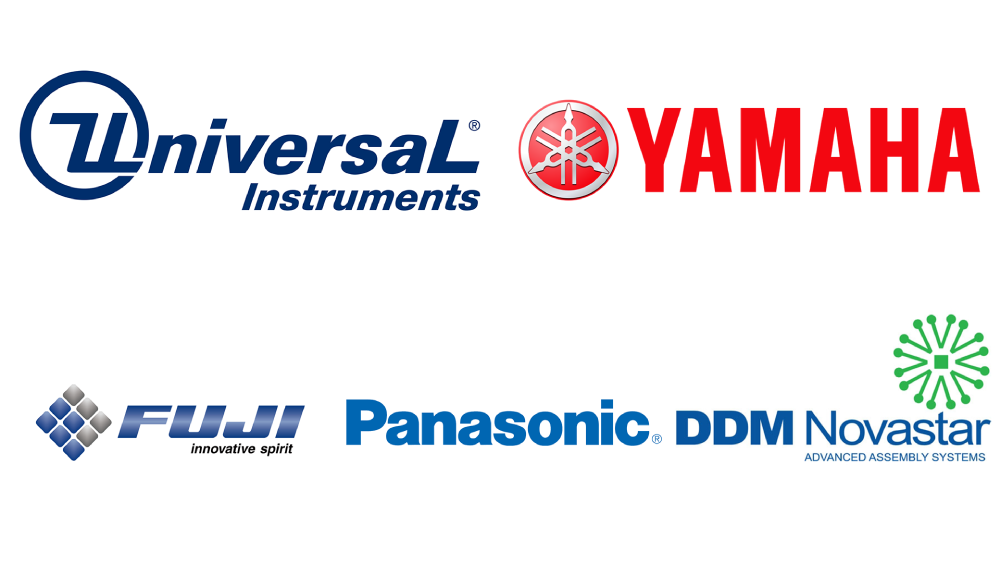
- Universal Instruments
Universal Instruments is a company that leads in technology and specializes in designing and producing precision automation solutions for the semiconductor and electronics manufacturing sector. Its range of core products comprises a comprehensive portfolio of surface mount platforms that offer exceptional performance and value for any production environment or budget.
- YAMAHA MOTOR
Yamaha Motor is a leading manufacturer of Surface Mount Technology machines, offering a comprehensive range of high-quality equipment for electronic assembly. Their SMT machines are designed to optimize the production efficiency, accuracy, and reliability, allowing electronic manufacturers to achieve faster cycle times and higher yields.
- FUJI CORPORATION
Fuji Corporation is a leading manufacturer of SMT machines, offering a wide range of machines to suit different production needs. Fuji’s SMT machines are capable of placing components on PCBs at high speeds with high precision, ensuring consistent quality. Some of the popular SMT machines offered by Fuji Corporation include the NXT series, the AIMEX series, and the AIMEX III series.
- Panasonic
Panasonic is known for producing high-quality SMT machines that are well-regarded in the electronics manufacturing industry. Panasonic’s SMT machines are designed to handle a wide range of components and PCB sizes, allowing users to choose the machine that best fits their production needs. They offer a variety of models with different capabilities, from high-speed placement machines to more versatile machines that can handle a wider range of components.
- DDM Novastar
DDM Novastar specializes in producing SMT machines for both automatic and manual SMT systems. Their equipment is relatively inexpensive, easy to use, and reliable, even for low-to-medium SMT applications. Some of the popular SMT machines offered by DDM Novastar include the SMT400 series, SMT800 series, and SMT915 series. These machines offer a range of capabilities and features, allowing users to choose the machine that best fits their production needs.
Final Thoughts
Now you have a better understanding of what SMT equipment is needed to assemble electronic boards, including how to choose suitable machines and which brands you can go for. But it may not be cost-efficient to purchase these expensive machines if you are producing small quantities of boards. In such cases, partnering with a dependable PCB manufacturer can be a superior option as they can provide quicker and more dependable services. MOKO Technology is equipped with industry-leading equipment to offer customers one-stop PCB assembly services from PCB manufacturing to assembly and inspection. Contact us today to learn more!
